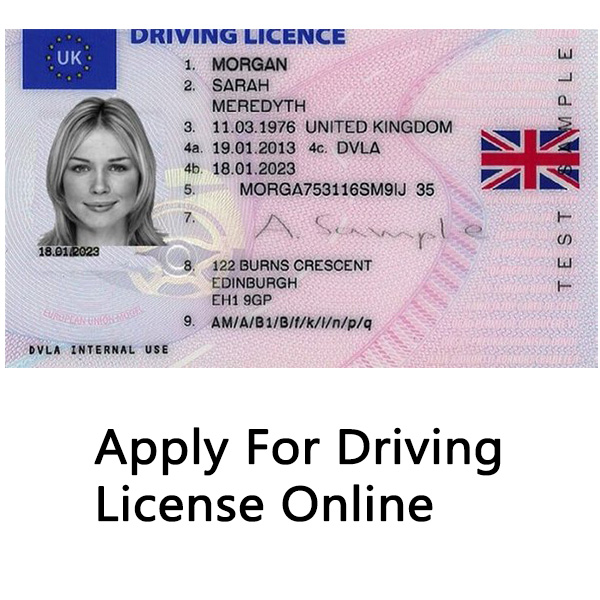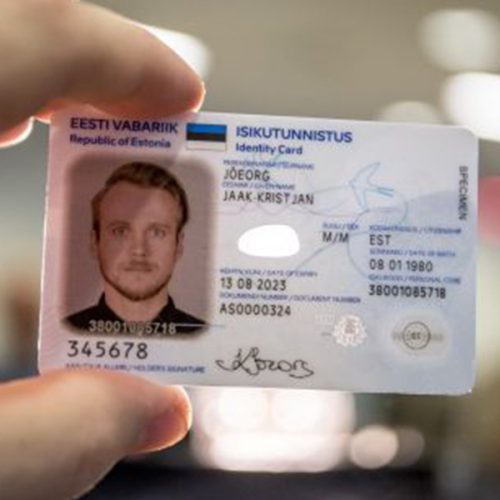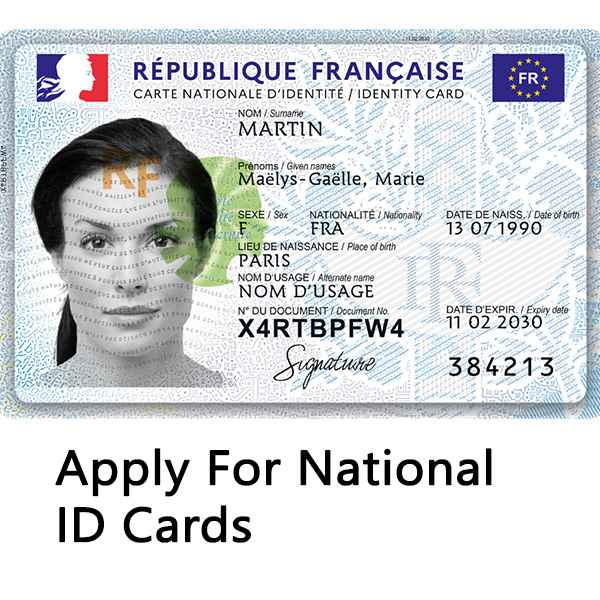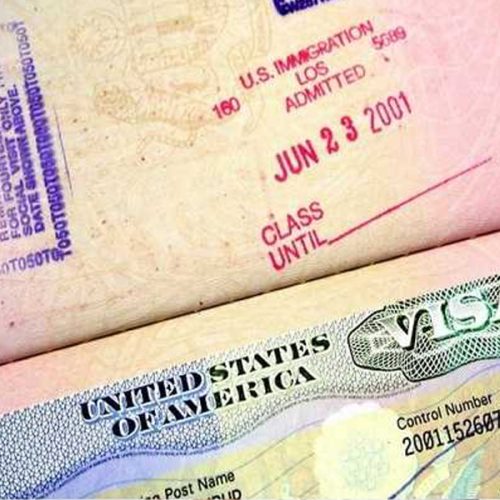Description
Getting a driver’s license is an important step for many individuals across Europe. It is a rite of passage for many teenagers and young adults and allows for greater freedom and independence. However, the process of obtaining a driver’s license can vary greatly between countries in Europe. In this article, we will explore the steps necessary to obtain a driver’s license in Europe.
Firstly, it is important to note that the legal driving age varies between European countries. In most countries, the minimum age for obtaining a driver’s license is 18 years old. However, in some countries, such as the United Kingdom, it is possible to obtain a provisional driver’s license at the age of 17.
The process of obtaining a driver’s license in Europe typically involves a combination of theoretical and practical training. The theoretical component usually involves attending a driving school or taking a driving course, where the driver will learn the rules of the road, traffic signs, and safe driving practices. This training is typically mandatory in all European countries and can last anywhere from a few weeks to several months, depending on the country and the level of training required.
After completing the theoretical component, drivers will need to take a practical driving test. The practical driving test typically involves driving with a qualified driving instructor or examiner, who will assess the driver’s ability to handle different driving situations. The driving test usually lasts between 30 minutes to an hour and will involve driving on different types of roads, including highways, urban areas, and rural roads.
In some European countries, such as Germany and France, drivers will also need to take a mandatory first-aid course before obtaining their driver’s license. This course is designed to teach drivers how to respond to emergencies on the road, such as accidents and injuries.
Once the theoretical and practical components of the driver’s training have been completed, drivers will need to apply for their driver’s license. This process can vary between countries, but usually involves submitting an application form, along with the necessary documentation, such as proof of identity, proof of residence, and proof of passing the driving test.






Reviews
There are no reviews yet.